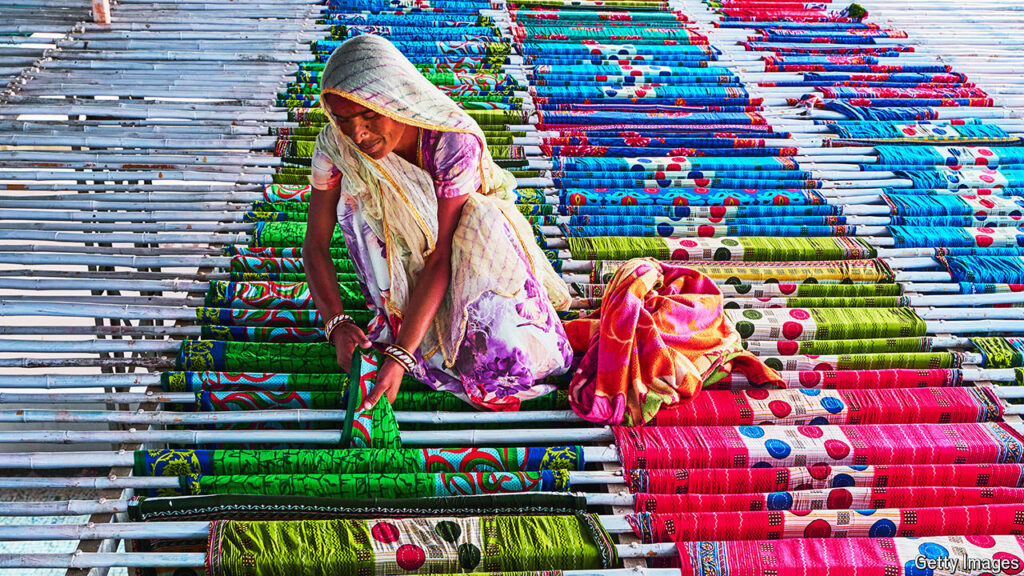In the early 1990s, India made a significant shift away from the principles of swadeshi, or self-sufficiency, that had been a guiding force in its policies since gaining independence. During this time, subsidies were eliminated and import levies were drastically reduced. As a result, by 2014, the average tariff in India had fallen to 13%, down from 125% in 1991. This reduction in trade barriers led to a significant increase in exports for the country.
Despite the growth in exports, India’s trade remains somewhat unbalanced, particularly in the eyes of Prime Minister Narendra Modi. While India has established itself as a services powerhouse, particularly in sectors such as IT and outsourcing, it has not been as successful in integrating itself into global manufacturing supply chains. This is particularly evident in industries like generic drugs and smartphones, where India’s presence is not as dominant as it could be. Over the past decade, India’s share of global goods exports has hovered around 1.8%, indicating a lack of significant growth in this area.
As Prime Minister Modi gears up for a likely third term in office, he is keen on addressing this imbalance and increasing India’s role in global manufacturing supply chains. This shift is seen as crucial for boosting India’s economic growth and creating more jobs for its burgeoning population. Modi’s government has introduced initiatives such as “Make in India” to promote domestic manufacturing and attract foreign investment in key sectors.
One of the key challenges facing India in its quest to expand its manufacturing exports is the need to improve infrastructure and ease of doing business. India’s infrastructure, including roads, ports, and power supply, has long been a bottleneck for businesses looking to expand their operations. Modi’s government has made some progress in this area, with initiatives to improve infrastructure and streamline regulations to make it easier to do business in India.
Another challenge for India in boosting its manufacturing exports is the need to address issues related to trade barriers and access to foreign markets. India has long been criticized for its complex trade regulations and high tariffs, which can act as barriers to entry for foreign companies. Modi’s government has made some efforts to address these issues, including negotiating trade agreements with key partners and participating in global trade forums to advocate for more open trade policies.
Overall, India’s push to increase its role in global manufacturing supply chains is a critical component of its economic growth strategy. By diversifying its export base and expanding into new industries, India hopes to create more opportunities for its businesses and workforce. With the right policies and investments, India has the potential to increase its share of global exports and become a more prominent player in the global economy.












